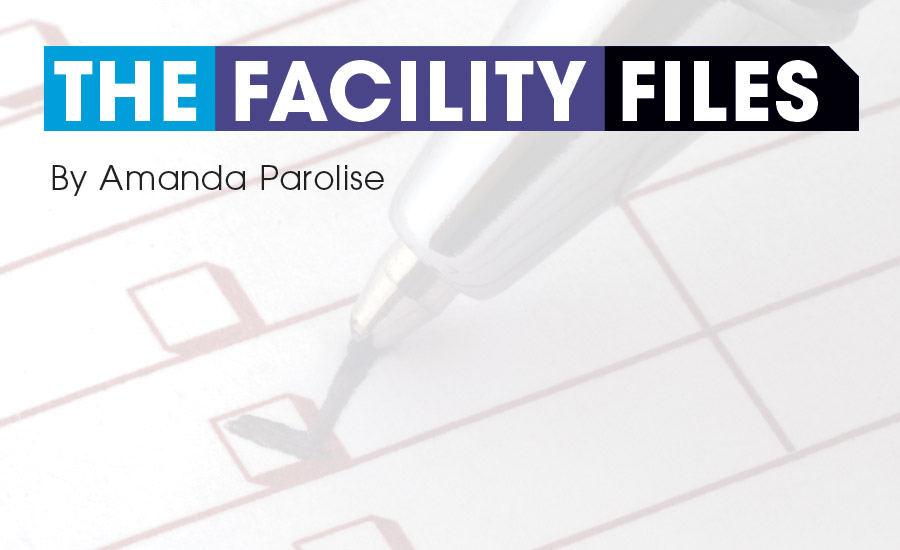This month’s Facility File is based on a 1,000-kW cogeneration unit with hot water energy recovery to an existing health care campus process heating system and the domestic hot water heating system that serves this health care campus.
At the recommendation of the design team leader, the HVAC consulting engineer — the building’s owner — has chosen the project delivery method to be IPD (integrated project delivery). The method of project deliver is based on ASHRAE 2015 — HVAC Applications Handbook, Chapter 58 (Integrated Building Design). An IPD team meeting was coordinated for the owner, facility manager, owner’s representative, design team, IPD project manager, infection control (IC) third-party consultant, general contractor, and subcontractors along with a third-party commissioning and air and water balancing (CxTAB) consultant, and cogeneration unit manufacturer.
The IPD team will review ASHRAE 2016 — HVAC Systems and Equipment Handbook, Chapter 7 (Combined Heat and Power Systems). In addition, the hospital has chosen to follow the ISO 26382.2010 Cogeneration systems - Technical Declarations for Planning, Evaluation, and Procurement. This IPD team will also review 2015 ASHRAE Handbook — HVAC Applications, Chapter 8 (Healthcare Facilities), Chapters 36-43 (Building Operation and Management), and Chapter 59 (HVAC Security). This information combined with the owner’s own knowledge of operating health care facilities will assist the IPD team in understanding intricacies of owning, operating, and managing this building.
With all these design guidelines from ASHRAE, the IPD team discussed specific building standards that need to be applied to this project as well as project scheduling/timeline. For the facility operation, with in-house staff and not an outsourced group, the staff will want to be assured there is adequate contract specification requirements, including O&M, training, the preventive maintenance work order system, and the energy operating budget.
In the phase three (Concept Development) of the IPD project, the facility manager and a few of her O&M technicians will want to contribute information to the design team member’s writing of the contract specification and more specifically the following activities: service contracts, parts inventory, and as-built drawings requirements.
For the July B2B project, the IPD team will work together as owner-designer-builder and, based on a building program construction budget, the IPD estimator along with the prime subcontractors, will be involved in the design phase and be able to contribute to the contract documents. In the construction phase, the O&M technicians will want to revisit the issues noted above that were in the design phase. Next comes the start-up and commissioning phases. The O&M staff will want to be proactive in following along with the IPD team’s mechanical-electrical in-house coordinator and the subcontractor’s start-up personnel and receive cogeneration equipment and system training using the O&M manuals and contract drawings (that will eventually become the as-built drawings).
Once the startup has been completed, the CxTAB consultant will complete the water balancing of the new energy recovery (process heat and domestic hot water) system demonstrations. The IC consultant will commission and instruct O&M staff on IC policy and procedure pertaining to domestic hot water. The HVAC subcontractor shall go through an automatic control system initial dry-run demonstration prior to the general contractor, and his subcontractors will demonstrate the system to the CxTAB consultant. The ATC subcontractor will also begin collecting system performance by trending pertinent HVAC system and equipment data including the following:
[X] Outdoor air dry bulb and wet bulb temperature [X] cogeneration room space temperature [X] radiator hot water supply [X] radiator hot water return [X] energy recovery water supply and return at process heat exchanger [X] energy water recover supply and return at domestic hot water heat exchanger [X] alarms [X] offsite internet computer control interface
Taking the same approach as the design engineering, the facility manager’s personnel will use a series of computer-generated touchscreen project checklists that allows her staff to confirm that the following facility files have been collected. This process should start at the beginning of construction and not at project closeout so that the facility files can be inputted into a CMMS system. Touchscreen O&M checklists should include:
[X] Equipment shop drawings [X] O&M manuals, parts list, and lubricants [X] troubleshooting tips [X] remote monitoring instructions
The O&M staff should review the contractor-produced piping field fabrication/field coordination drawings prior to fabrication. Touchscreen service checklists should include:
[X] Location of shutoff valves [X] automatic control valves [X] equipment and control devices [X] access for servicing equipment.
The training process should include specific HVAC energy recovery systems as well as emergency plan training due to unexpected alarm e.g., utility electrical power failure. A water balancing report will be completed and as-built conditions will be updated after the final TAB report. This requires the TAB subcontractor to provide the air-balancing reports along with the associated system flow diagrams noting quantities and pressures for rebalancing if necessary as part of the project closeout documents. Touchscreen training checklists should include:
[X] Equipment [X] system [X] emergency plan [X] automatic controls [X] energy management






